Printing is a crucial step in the production process of cosmetics plastic packaging. However, sometimes we may encounter issues of color difference in printed products, which not only affects the aesthetic appeal of the product but also may have a negative impact on the brand image. Below are some adverse factors that may lead to color difference in printed cosmetics plastic packaging for your reference.
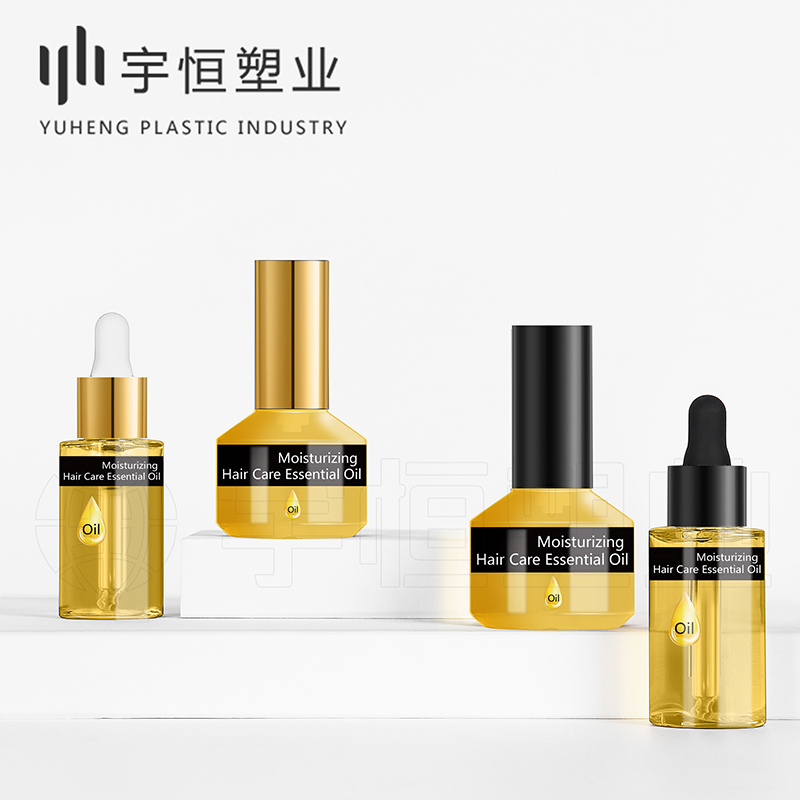
1. Ink Issues
Ink Quality: The quality of ink directly determines the printing effect. If the color concentration, viscosity, and drying properties of the ink are unstable, it can easily lead to color difference in printed products.
Ink Ratio: When mixing inks, if the mixing ratio of inks from different batches or brands is improper, it can also cause deviations in the color of printed products.
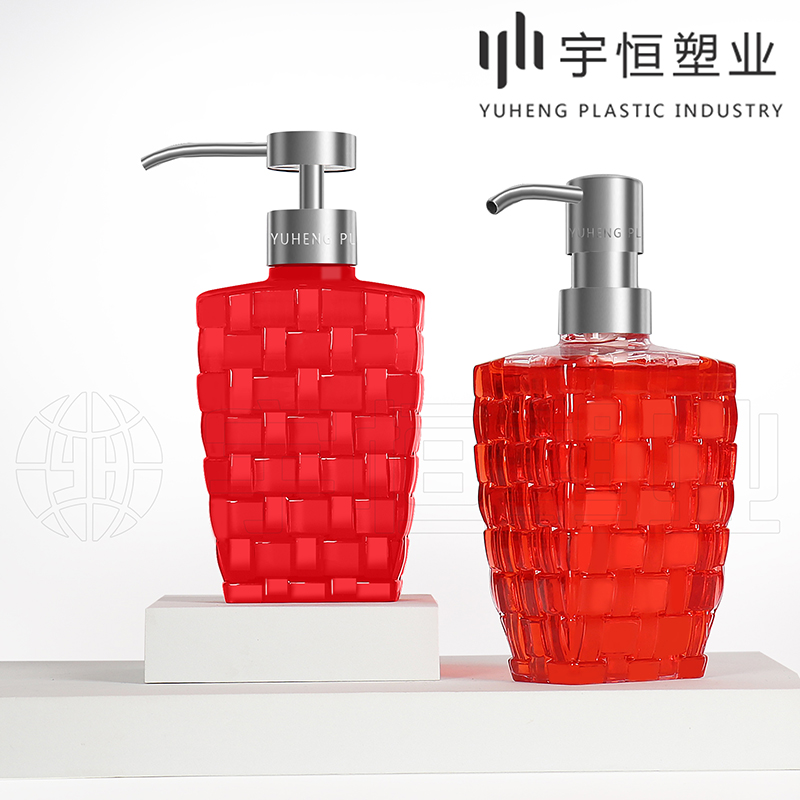
2. Printing Process Issues
Printing Pressure: The magnitude of printing pressure affects the transfer rate and permeability of ink, thus influencing the color depth of printed products.
Printing Speed: Printing too fast or too slow may affect the drying and adhesion of ink, leading to uneven color or color difference.
Printing Plate: The wear and cleanliness of the printing plate can also influence the color of printed products.
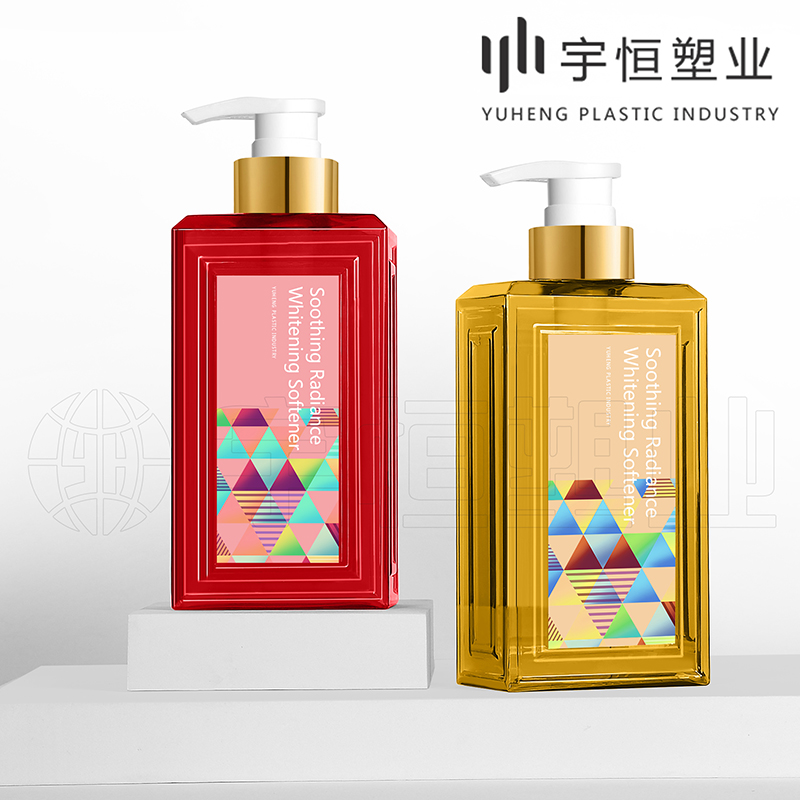
3. Material Issues
Material of Plastic Packaging: Different plastic packaging materials have different adsorption and permeability to ink, which may result in color deviations.
Surface Treatment of Plastic Packaging: Improper surface treatment or uneven coating can also affect the adhesion and color effect of ink.
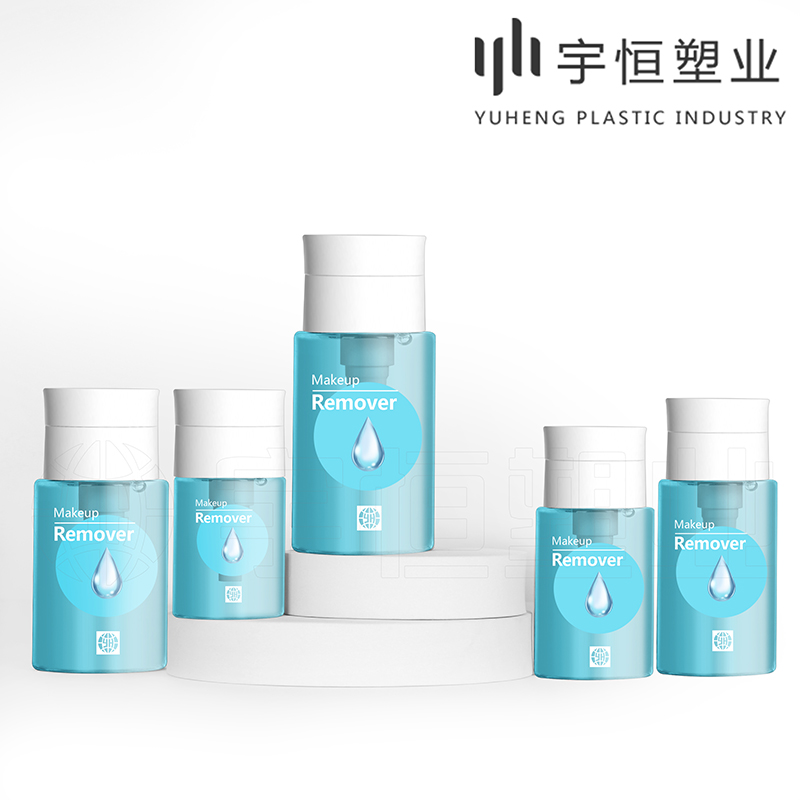
4. Environmental Factors
Temperature and Humidity: The temperature and humidity in the printing workshop greatly influence the drying speed and color stability of ink. Improper control of these factors can easily lead to color difference in printed products.
Illumination: Illumination conditions can also affect human perception of color. Therefore, when evaluating the color of printed products, it should be done under standard light sources.
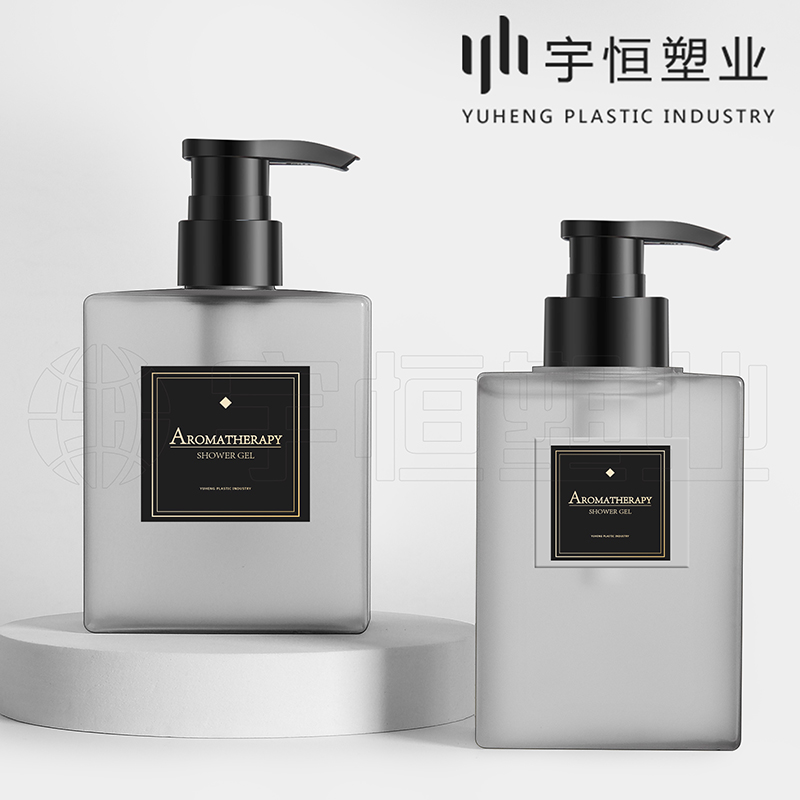
5. Human Factors
Operator Skills: The skill level, experience, and responsibility of operators can all affect the color quality of printed products.
Quality Inspection: If quality inspection is not strict or standards are inconsistent, it may lead to substandard printed products entering the market.
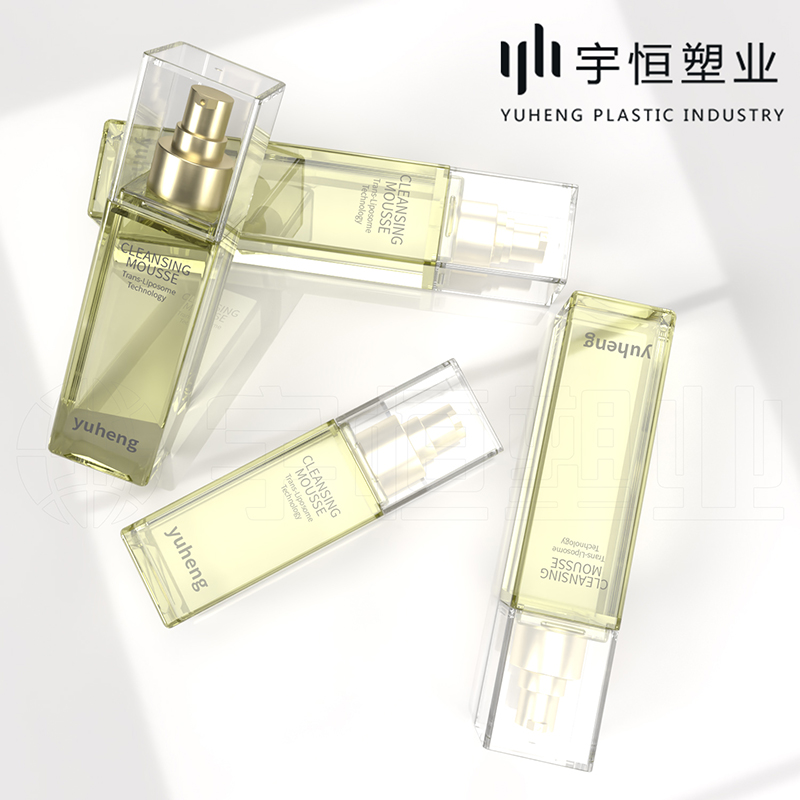
To avoid color difference in printed cosmetics plastic packaging, we need to conduct comprehensive control and management from the aspects of ink, printing process, materials, environment, and human factors. At the same time, strengthening quality inspection and standardized management are also important means to ensure product quality. Only by doing so can we ensure that the printing effect of cosmetics plastic packaging meets brand requirements and enhance the overall competitiveness of the product.




